7 Great Stocks That Keep Raising Dividends
The stock market has had a good run since 2009.


The stock market has had a good run since 2009. So good, in fact, that a growing chorus of seers fears that U.S. stocks will deliver little appreciation in coming years. Goldman Sachs strategist David Kostin, one of those pessimists, figures that over the next decade Standard & Poor’s 500-stock index will return about 5% annualized, a figure that includes both price gains and dividend income. Kiplinger’s is a bit more upbeat; we expect 6% to 8% a year. In either case, the market is likely to return far less than the historical average of 10% annualized.
The subdued outlook means it’s time to think even more about dividends, which in this expected scenario will represent a hefty percentage of investors’ total returns. Companies that can pay out a rising stream of dividends should be particularly attractive if share-price gains are muted.
Some investors favor high-yielding stocks, such as utilities and real estate investment trusts, for current income. But if interest rates rise because the economy is strengthening, those high-yielding but slow-growing sectors could suffer. Kostin advises looking at companies that should be able to boost the pace of their dividend increases as the economy improves.
We picked seven companies that have lately compiled strong records of sharing a sizable chunk of their profits with investors via dividends. Most are also leaders in their industries. All but one boast a higher dividend yield than the S&P 500, recently 2.2%. If you fear a prolonged market slump, consider adding these stocks to your watch list. The cheaper they get, the higher their yields and the better their potential future returns.
Prices, returns and other data are as of Sept. 14. Stocks are listed alphabetically.

Agrium
- Share price: $101.57Market value: $14.5 billionDividend yield: 3.4%Headquarters: Calgary52-week high/low: $116.81/$82.02If feeding the earth’s masses is a long-term growth business, Agrium (AGU) should do well.The company has built itself into one of the world’s largest producers and retailers of crop seeds, fertilizers and other farm chemicals. Sales, expected to reach $15.8 billion in 2015, have tripled in the past eight years. But in the short run, Agrium’s commodity businesses can be subject to wild swings because of weather, geopolitics and overproduction, among other things. That helps explain why earnings have been volatile in recent years, peaking in 2012, then falling in 2013 and 2014. Analysts see growth resuming this year, with earnings expected to rise 25%, to $7.25 per share.
- SEE ALSO: Best Dividend Stocks of the S&P 500
Over the past few years, Agrium has attracted two activist investment firms that believed they saw hidden value in the stock. The first was hedge fund Jana Partners. After buying a stake in 2012, Jana sought to split Agrium’s 1,250-store retail chain in the U.S. and abroad from the firm’s production business. Agrium execs balked, and Jana exited. But one by-product of the fight was a boost in the stock price. Another was Agrium’s decision to share more cash with investors. Its annual dividend is now $3.50 per share, up more than 15-fold from 2011. The most recent increase was a 12% hike in July.
Meanwhile, a second activist, ValueAct, has built a 6.8% stake in Agrium since the fall of 2014. But unlike Jana, ValueAct says it just recognized an undervalued stock and is happy with the company. At today’s share price, investors are paying a reasonable 13 times estimated year-ahead earnings and getting a tidy 3.4% yield—and Agrium’s promise of a hefty rise in future free cash flow (what’s left after capital expenditures) to fund more dividend hikes.
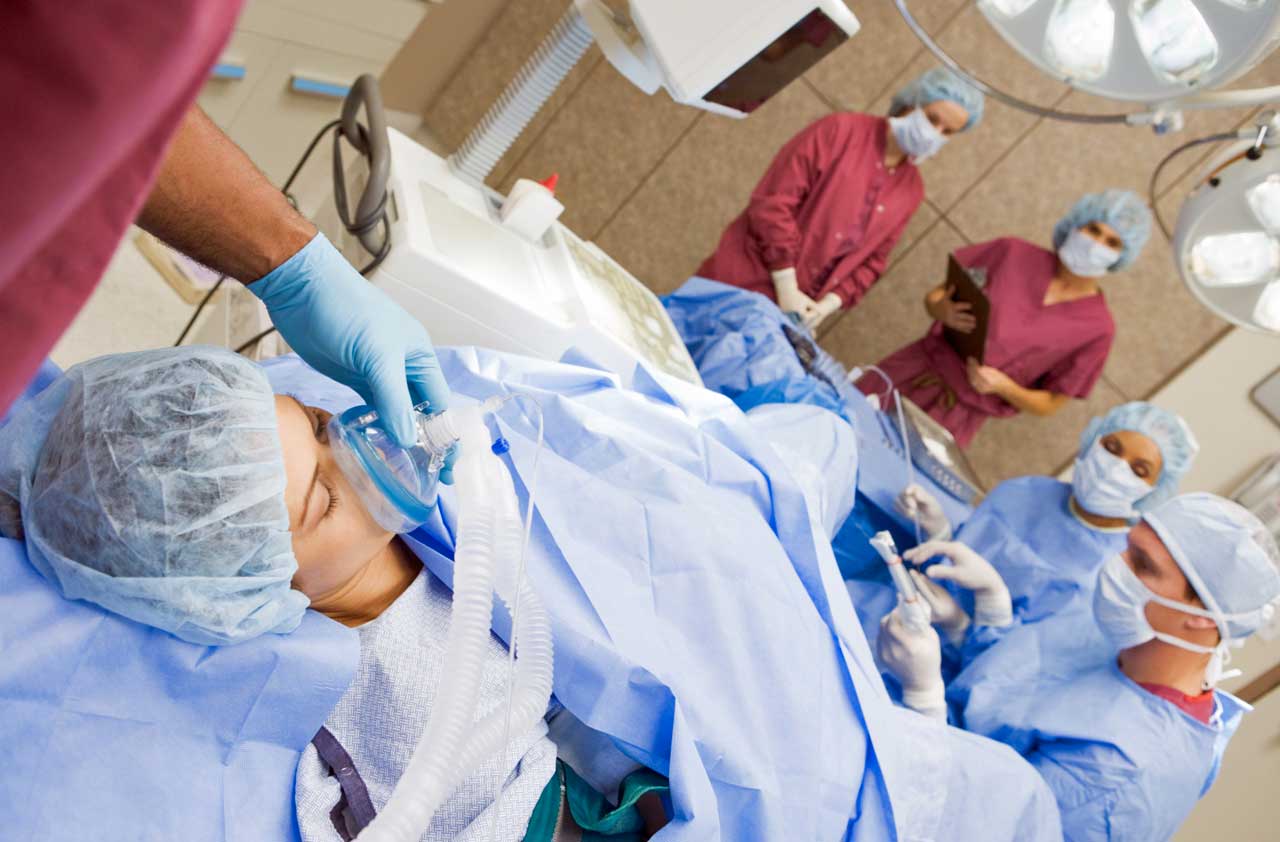
Cardinal Health
- Share price: $84.31Market value: $27.6 billionDividend yield: 1.8%Headquarters: Dublin, Ohio52-week high/low: $91.91/$71.72Cardinal (CAH) has become a titan of the U.S. health care industry by playing the role of middleman, delivering drugs and medical supplies to pharmacies (including CVS), hospitals and other care providers.
But the distribution business is highly competitive, with thin profit margins. After losing a huge supply contract with Walgreens in 2013, Cardinal has been rebuilding sales with a host of acquisitions aimed at broadening its product line and its customer base. Two recent deals: In March, the firm agreed to pay $1.9 billion for Johnson & Johnson’s Cordis unit, which makes heart devices, including stents and catheters. And in April, the company bought Metro Medical’s large specialty-drug distribution business, making Cardinal a major supplier of cancer drugs.
Some analysts worry that the deal for Cordis might be ill-advised because of intense competition in the heart-device business. But brokerage Cowen & Co. sees the deal as a smart move that will enhance Cardinal’s stature as “the only distributor able to reach inpatient, outpatient and home” markets. That should allow Cardinal to fill more health care needs of more customers, including those in China, a market it entered nearly five years ago. Analysts see earnings climbing 14%, to $5.00 per share, in the fiscal year that ends next June. Although the stock’s 1.8% yield is modest, Cardinal has been doubling the dividend rate about every four years, to $1.55 per share currently.
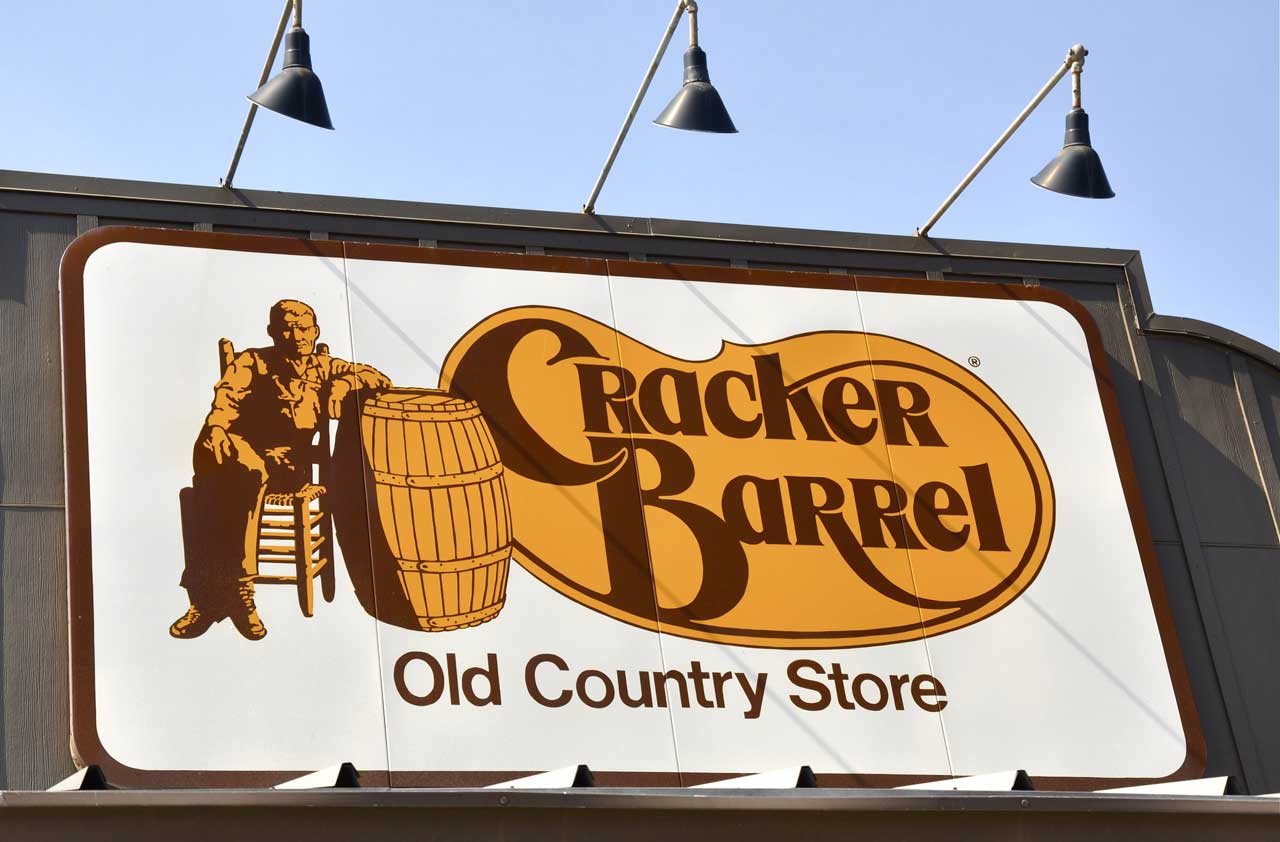
Cracker Barrel Old Country Store
- Share price: $152.32Market value: $3.7 billionDividend yield: 2.9%Headquarters: Lebanon, Tenn.52-week high/low: $162.33/$100.94
In 2011, after several years of anemic sales growth, restaurant chain Cracker Barrel (CBRL) got a jolt when an activist shareholder banged on the door. The investor, Sardar Biglari, wanted the 635-store comfort-food purveyor put up for sale. Since 2011, he has repeatedly pressed his case in proxy challenges. But each time, despite his big stake in the firm (currently 19.8%), a majority of shareholders rejected his ideas.
Even so, Biglari’s siege seemed to reenergize the chain. Annual sales, which were stuck at about $2.4 billion from 2007 through 2011, have accelerated to nearly $3 billion. Analysts expect record earnings of $7.22 per share in the fiscal year ending next July, up an estimated 8% from the recently concluded fiscal year and nearly double the level of four years ago.
As the chain’s bottom line has improved, so has management’s generosity. The annual dividend rate, 80 cents per share as recently as mid 2010, is now $4.40, after a 10% hike in June. That puts the stock’s yield at 2.9%. Argus Research analyst John Staszak says Cracker Barrel has been running ahead of the restaurant pack, with sales growth now consistently beating the average for casual-dining chains. Lower gasoline prices are helping as more Americans take to the interstates along which most Cracker Barrels are located, he says. Staszak thinks profit growth could average 11% a year over the long term, which could keep dividends rising as well.
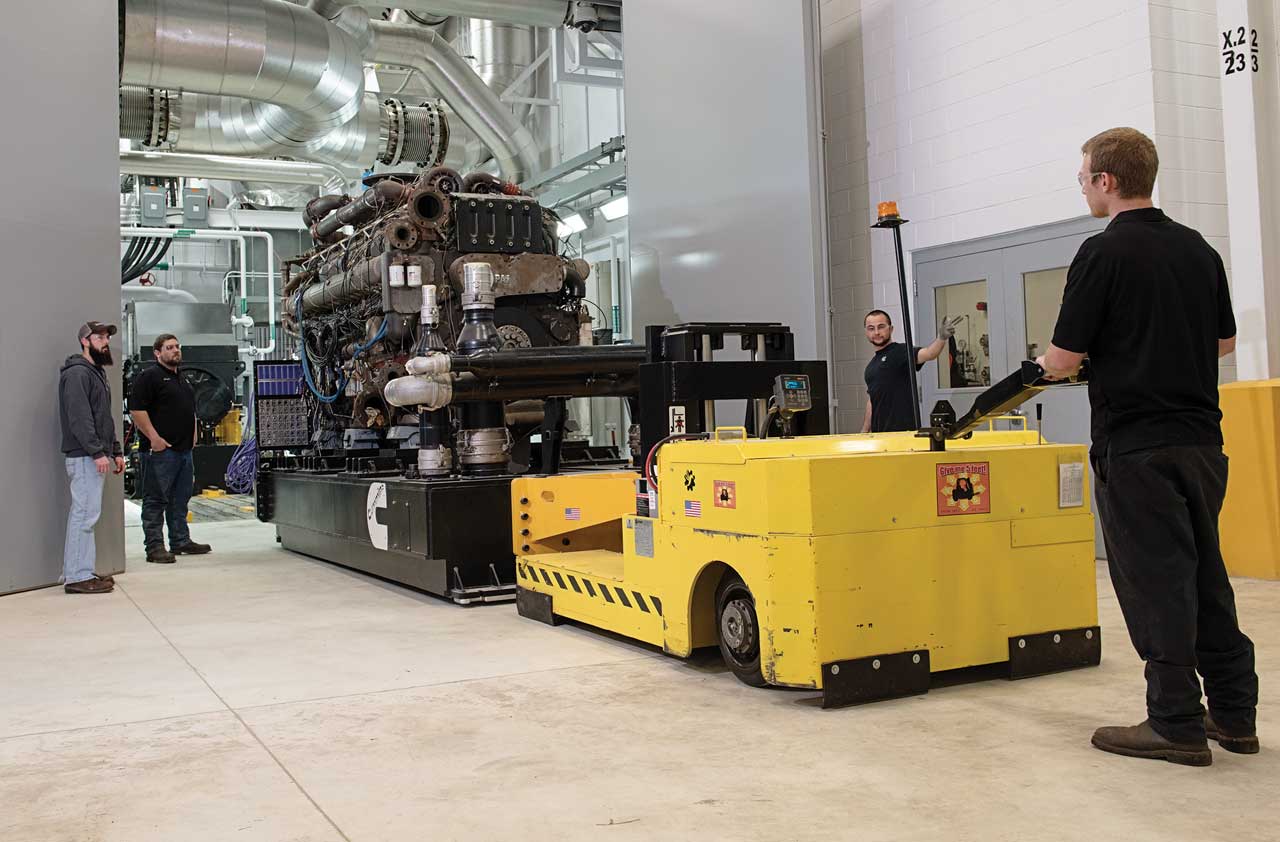
Cummins
- Share price: $119.02Market value: $21.1 billionDividend yield: 3.3%Headquarters: Columbus, Ind.52-week high/low: $151.25/$112.00Engine giant Cummins (CMI) can’t escape the cyclical nature of the global market for heavy machinery. But you wouldn’t know it from watching the company’s dividend payments over the past 10 years.
- SEE ALSO: 8 Great Dividend Stocks You've Never Heard Of
Even in the recessionary year of 2009, when Cummins’s sales and profits temporarily plunged, the firm maintained its dividend. Likewise, despite the stop-and-go pattern of the U.S. and global economies since 2009, the dividend has continued to rise at a robust pace. The latest: a 25% hike in July, to the current annual payout of $3.90 per share, giving the stock a 3.3% yield.
Lately, though, many investors have been wary of Cummins stock, worried that global demand could weaken for the company’s diesel and natural gas engines, which power big-rig trucks and all sorts of other heavy machinery. The strong dollar has cast a shadow on Cummins and other big U.S. exporters by reducing the value of foreign sales and earnings.
Still, the company’s second-quarter results exceeded expectations as strength in North America offset weakness abroad. Analysts expect Cummins to post nearly $20 billion in sales this year and to earn $10.05 per share, up 10% from 2014. With the stock down 26% from its June 2014 peak, bulls view Cummins as a great long-term bet on the rising global need for clean, fuel-efficient engines. “No other company is positioned as strongly as Cummins to capitalize on this engine opportunity,” says brokerage Robert W. Baird & Co.
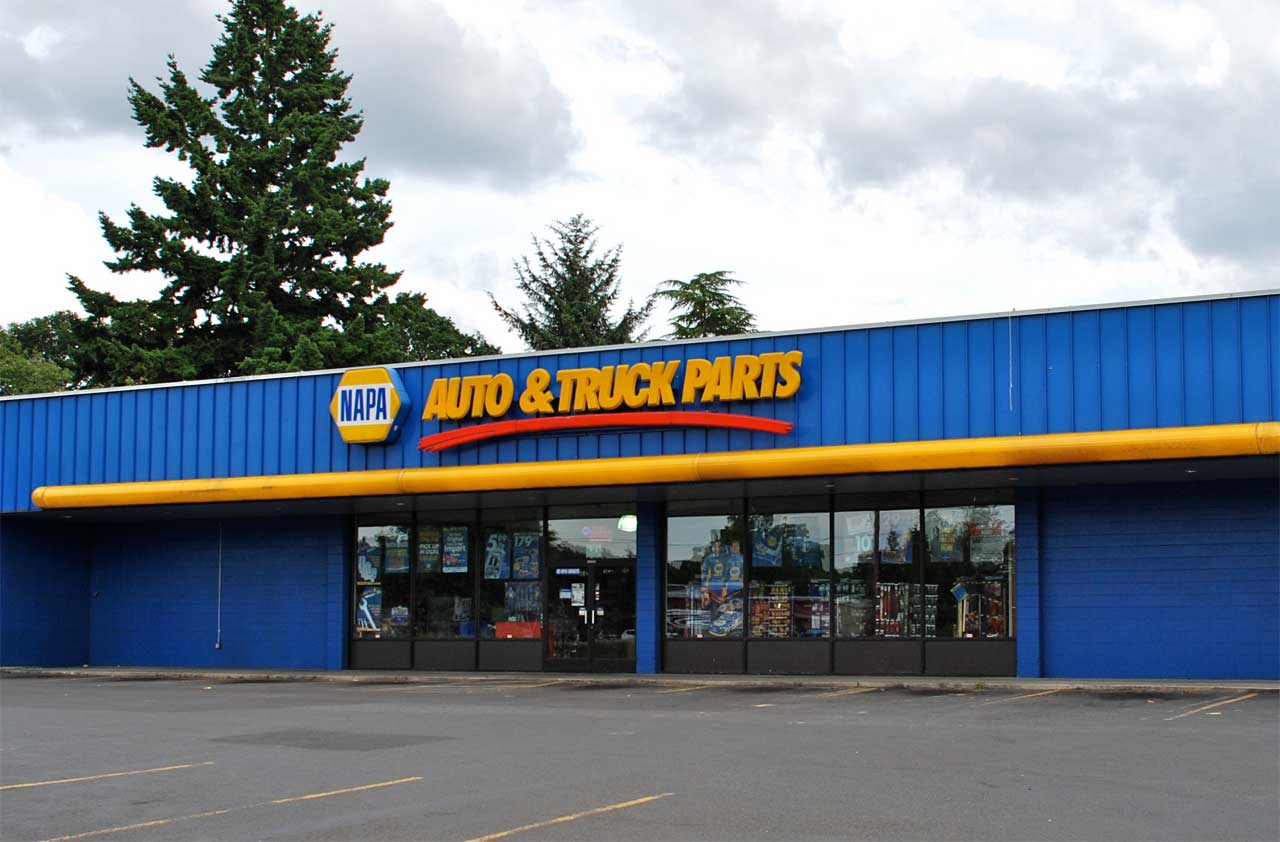
Genuine Parts
- Share price: $83.04Market value: $12.6 billionDividend yield: 3.0%Headquarters: Atlanta52-week high/low: $109.00/$78.76
In the ranks of “dividend aristocrats” (firms with long records of rising payouts), distributor and retailer Genuine Parts (GPC) is one of the super-elite.
The company, best known for its 1,100 NAPA auto parts stores, has increased its dividend for 59 straight years. But even a streak like that can’t protect a stock from getting hit when the basic business slows temporarily. That’s the story with Genuine Parts this year. Its shares are off 24% from their all-time high because of weak results so far this year. The firm earned $1.28 per share in the second quarter, about the same as a year earlier. Sales edged up just 1%, to $3.9 billion.
Genuine Parts blamed “ongoing choppiness” in the U.S. economy and the strong dollar’s devaluation of foreign results. As the company has grown, it has expanded well beyond selling only auto parts and only in the U.S. It now distributes many other things—including industrial parts, office supplies and electronics—in North America, the Caribbean and Australia. That diversification has meant more profit opportunities but also more ways to feel the pain when demand ebbs.
Still, the company isn’t in danger of spilling red ink. Even in 2009, when the Great Recession bottomed, Genuine Parts earned $400 million, or $2.50 per share. So historically, stock pullbacks have been opportunities for long-term investors to get aboard. As for the famed dividend, the company last hiked it, by 7%, in January. The stock now yields 3.0%. Asked by analysts in July about the dividend in 2016, CEO Tom Gallagher was unequivocal: “You will see an increase.”
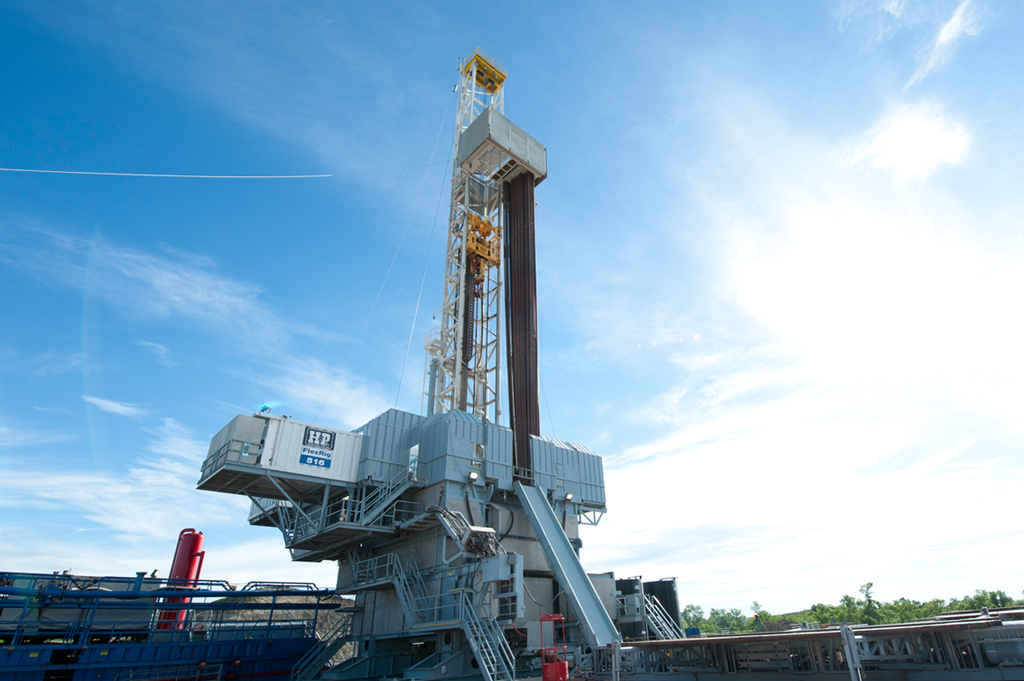
Helmerich & Payne
- Share price: $49.01Market value: $5.3 billionDividend yield: 5.6%Headquarters: Tulsa, Okla.52-week high/low: $105.00/$47.59
- SEE ALSO: 8 Energy Stocks That Could Make You Rich
The crash in oil prices will inevitably produce some great stock bargains. The tough part is identifying the survivors— and not buying too soon.
Wall Street has no doubt that Helmerich & Payne (HP), a 95-year-old manufacturer and operator of land drilling rigs, will survive the slump. The firm’s horizontal-drilling rigs are considered the industry’s best and have been indispensable in the U.S. fracking boom. That’s what fueled a jump in sales from $1.9 billion in 2010 to a record $3.7 billion in 2014, and a rise in earnings from $2.66 per share to $6.46. Meanwhile, the company boosted its annual dividend rate sharply, from 22 cents per share in 2010 to the current $2.75.
But with oil’s collapse, H&P’s stock price has been cut in half since July 2014. The company so far has maintained its dividend, which at the current depressed share price yields a rich 5.6%. Analysts believe the dividend is safe in the short run. H&P was expected to earn $3.00 per share in the fiscal year that ended in September 2015. The challenge comes in the September 2016 fiscal year, when analysts expect earnings to slide by 94%, to 19 cents per share, unless crude prices rebound and energy producers begin putting mothballed rigs back to work. (The depressed earnings outlook explains H&P’s sky-high P/E.)
With its pristine balance sheet, H&P has the wherewithal to maintain the dividend if it chooses. And if you assume that oil will rebound at some point in the next couple of years, H&P stands to be a major beneficiary. How patient can you be?

Lockheed Martin
- Share price: $206.00Market value: $64.0 billionDividend yield: 2.9%Headquarters: Bethesda, Md.52-week high/low: $213.34/$166.28
- SEE ALSO: 12 Stocks to Earn Dividends Every Month
Measured by sales alone, defense giant Lockheed Martin (LMT) doesn’t qualify as a growth company: Annual revenues have mostly been flat, at about $45 billion, since 2009. But it’s what the bosses do with that money that counts.
In a tough environment for defense spending, Lockheed generated record profits in 2014 while continuing to buy back stock, leaving remaining shareholders with a bigger piece of the pie. Investors have been further rewarded with a dividend that has nearly doubled in the past four years.
Now, Lockheed is starting a new chapter that should stoke revenue growth again. One impetus is Lockheed’s pending purchase of United Technologies’ Sikorsky Aircraft business. A more important driver is the expected boost in deliveries of the new F-35 fighter jet, Lockheed’s single largest project, to the Pentagon and foreign governments over the next few years. The result should be a profit of $11.50 per share this year, up modestly from 2014, rising to $14.10 in 2017, says J.P. Morgan analyst Seth Seifman. At the same time, Lockheed is sticking with what has been a winning formula: It has pledged to send at least $15 billion back to investors via stock buybacks and dividends from this year through 2017. Seifman says Lockheed’s outlook should attract investors who like the prospect of reliable profit growth combined with a generous dividend. The stock yields 2.9%.
Profit and prosper with the best of Kiplinger's advice on investing, taxes, retirement, personal finance and much more. Delivered daily. Enter your email in the box and click Sign Me Up.

-
 You Saved for Retirement: 4 Pressing FAQs Now
You Saved for Retirement: 4 Pressing FAQs NowSaving for retirement is just one step. Now, you have to figure out how to spend and maintain funds. Here are four frequently asked questions at this stage.
-
 How to Stop These 5 Risks From Wrecking Your Retirement
How to Stop These 5 Risks From Wrecking Your RetirementYour retirement could be jeopardized if you ignore the risks you'll face later in life. From inflation to market volatility, here's what to prepare for.
-
 Hesitating to Spend Money You've Saved? How to Get Over It
Hesitating to Spend Money You've Saved? How to Get Over ItEven when your financial plan says you're ready for a big move, it's normal to hesitate — but haven't you earned the right to trust your plan (and yourself)?
-
 Gold and Silver Shine as Stocks Chop: Stock Market Today
Gold and Silver Shine as Stocks Chop: Stock Market TodayStocks struggled in Friday's low-volume session, but the losses weren't enough to put the Santa Claus Rally at risk.
-
 The Santa Claus Rally Officially Begins: Stock Market Today
The Santa Claus Rally Officially Begins: Stock Market TodayThe Santa Claus Rally is officially on as of Wednesday's closing bell, and initial returns are positive.
-
 'Humbug!' Say Consumers, Despite Hot GDP: Stock Market Today
'Humbug!' Say Consumers, Despite Hot GDP: Stock Market Today"The stock market is not the economy," they say, but both things are up. Yet one survey says people are still feeling down in the middle of this complex season.
-
 Stocks Rise to the Spirit of the Season: Stock Market Today
Stocks Rise to the Spirit of the Season: Stock Market TodayInvestors, traders and speculators are beginning to like the looks of a potential year-end rally.
-
 Nasdaq Leads as Tech Stages Late-Week Comeback: Stock Market Today
Nasdaq Leads as Tech Stages Late-Week Comeback: Stock Market TodayOracle stock boosted the tech sector on Friday after the company became co-owner of TikTok's U.S. operations.
-
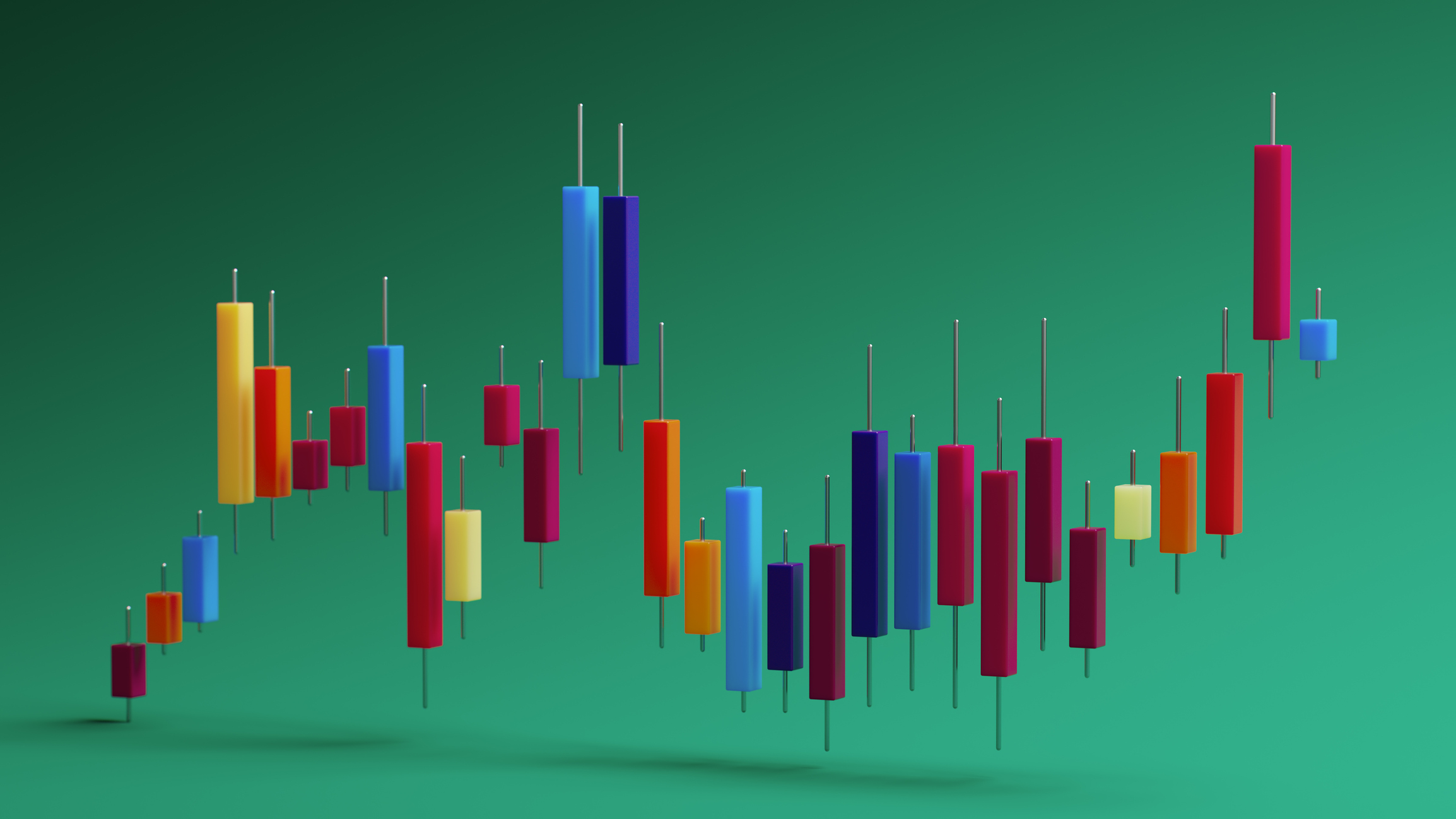 Cooler Inflation Supports a Relief Rally: Stock Market Today
Cooler Inflation Supports a Relief Rally: Stock Market TodayInvestors, traders and speculators welcome much-better-than-hoped-for core CPI data on top of optimism-renewing AI earnings.
-
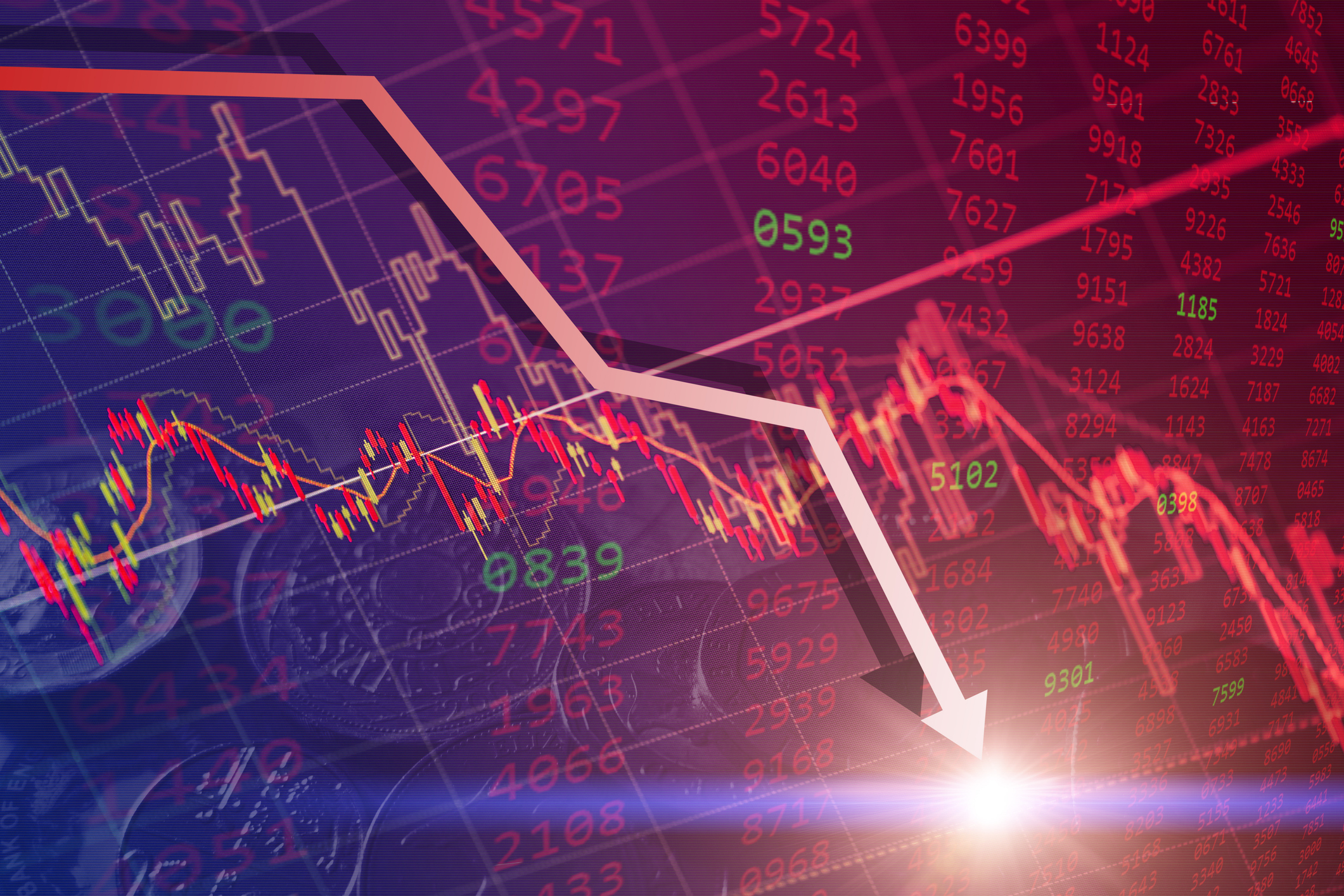 Nasdaq Sinks 418 Points as Tech Chills: Stock Market Today
Nasdaq Sinks 418 Points as Tech Chills: Stock Market TodayInvestors, traders and speculators are growing cooler to the AI revolution as winter approaches.
-
 Stocks Chop as the Unemployment Rate Jumps: Stock Market Today
Stocks Chop as the Unemployment Rate Jumps: Stock Market TodayNovember job growth was stronger than expected, but sharp losses in October and a rising unemployment rate are worrying market participants.
